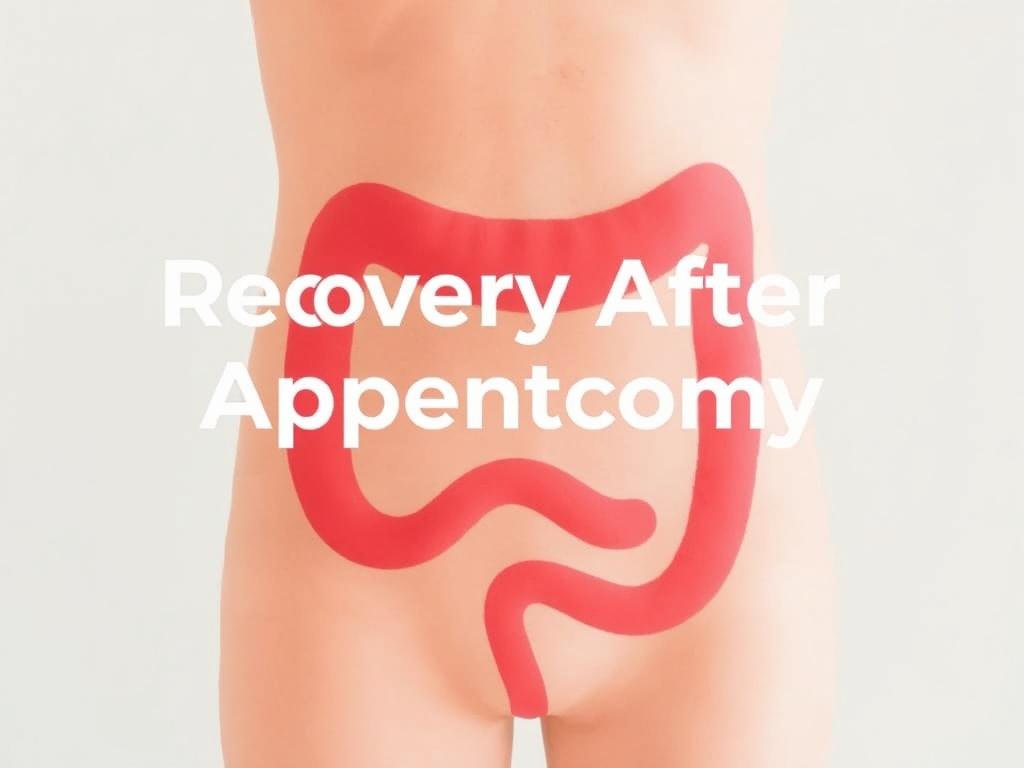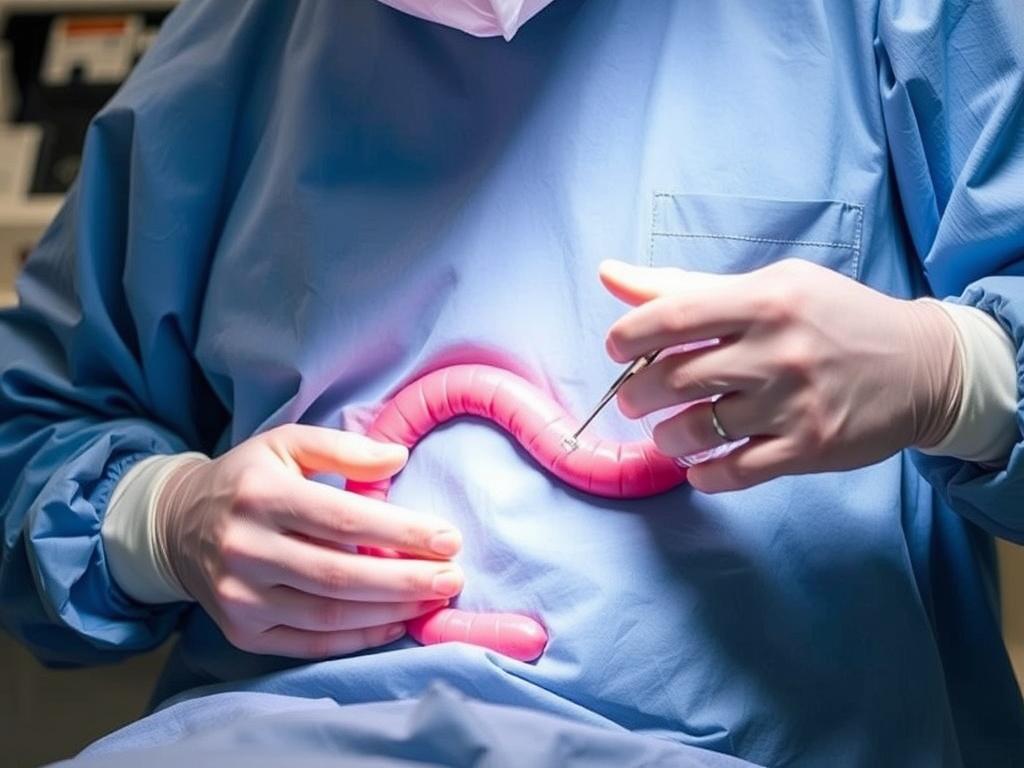Understanding Appendectomy and Its Aftermath
An appendectomy is a common surgical procedure performed to remove the appendix when it becomes inflamed or infected, a condition known as appendicitis. While the surgery itself is usually straightforward, the recovery process afterward plays a crucial role in ensuring a full return to health. Many people wonder how long recovery takes after an appendectomy, what symptoms are normal, and how to avoid complications. Understanding what happens during recovery and taking proper care can make a significant difference in your healing experience.
After an appendectomy, your body needs time to heal the incision sites, eliminate any internal inflammation, and regain strength after an infection or surgery. Often, the method of surgery—whether laparoscopic or open appendectomy—can influence the length and nature of the recovery process. Laparoscopic procedures typically involve smaller incisions leading to quicker healing, while open appendectomy may require a longer recovery due to the larger surgical area. Recognizing factors such as pain management, infection control, and gradually increasing activity levels can help patients navigate recovery confidently.
Typical Timeline: What Happens Week by Week
Recovery after appendectomy is a gradual process that varies depending on individual factors like age, overall health, and surgical approach. Here’s a general outline of what you might expect:
| Time Frame | Recovery Milestones |
|---|---|
| First 24-48 hours | Hospital stay, pain management, monitoring for complications, beginning light movements |
| First week | Reduced pain, wound care, limited physical activity, introduction of light walking |
| Weeks 2-3 | Increased energy, continued wound healing, resuming some normal activities, but avoiding heavy lifting |
| Weeks 4-6 | Near full recovery, return to work/school, doing moderate exercise |
During the initial days after surgery, it is common to experience some pain and discomfort around the incision sites. Your healthcare team will usually provide pain relief medications and specific instructions on how to care for the surgical wounds. Patients are encouraged to avoid strenuous activity but to move gently to stimulate circulation, which aids healing.
Common Symptoms and Signs to Monitor During Recovery
Recovering from surgery involves recognizing what’s normal and what requires medical attention. After appendectomy, you may experience:
- Mild to moderate pain near the surgical incision
- Swelling or redness around the wound
- Fatigue and occasional nausea
- Reduced appetite temporarily
- Some bruising or tenderness near the site
These symptoms generally improve steadily over days to weeks. However, certain signs should prompt immediate consultation with your doctor, such as:
- Fever above 101°F (38.3°C)
- Increasing redness, swelling, or discharge at the incision
- Severe abdominal pain that worsens
- Persistent vomiting or inability to keep fluids down
- Shortness of breath or chest pain
Monitoring your health closely ensures that potential complications like infections or abscesses are identified and treated promptly.
How to Care for Your Body After Appendectomy
Proper self-care after appendectomy is essential to promote healing and minimize risks. Here are some key tips:
Wound Care
Keeping the surgical site clean and dry is vital. Follow your doctor’s advice on changing dressings and bathing. Typically, showering gently after 24 to 48 hours is permitted but avoid soaking the incision in tubs or pools until fully healed.
Pain Management
Taking prescribed or over-the-counter pain relievers as directed can help maintain comfort. However, always adhere to dosage guidelines and avoid overuse of narcotics. Using ice packs to reduce swelling can also provide relief.
Physical Activity
While rest is important, too much inactivity can slow recovery. Begin with light walking as soon as you feel able; it improves circulation and reduces risks of blood clots. Avoid lifting heavy objects or vigorous exercise until your surgeon gives clearance to prevent strain on healing tissues.
Nutrition and Hydration
A balanced diet rich in vitamins, minerals, and protein supports tissue repair and immune function. Staying hydrated aids overall well-being and helps prevent constipation—a common postoperative issue due to pain medicines and reduced activity.
Managing Emotional and Psychological Aspects of Recovery
It’s easy to overlook how surgery recovery can impact emotional health. Some patients experience mood swings, anxiety about health, or feelings of frustration due to temporary limitations. Being patient with yourself and setting realistic expectations helps manage stress.
Talking to family, friends, or support groups can provide encouragement. If feelings of depression or anxiety persist, seeking professional help is important. Remember, healing is both physical and mental, and addressing all aspects promotes a smoother convalescence.
What Affects Recovery Time After Appendectomy?
Several factors influence how quickly one recovers from an appendectomy, including:
- Type of surgery: laparoscopic tends to heal faster than open appendectomy
- Severity of appendicitis or infection at the time of surgery
- Patient’s age and overall health status
- Presence of other medical conditions such as diabetes or immune disorders
- Compliance with postoperative instructions and wound care
People with uncomplicated appendicitis who undergo laparoscopic appendectomy often resume normal activities within 2 to 4 weeks. Those with perforated appendix or abscess might require extended recovery due to more extensive inflammation or infection.
Tips for a Faster and Safer Recovery After Appendectomy
Keeping recovery smooth and avoiding setbacks is possible with some practical strategies. Here’s a checklist to help:
| Tip | Reason |
|---|---|
| Follow surgeon’s instructions strictly | Ensures correct wound care and activity restriction |
| Stay active with light exercise, like walking | Improves circulation, prevents blood clots |
| Maintain good hygiene | Reduces infection risk at incision site |
| Eat a nutritious diet with plenty of fluids | Supports immune system and healing |
| Manage pain proactively | Allows comfortable movement, promotes recovery |
| Watch for signs of complications | Early intervention prevents worsening problems |
| Avoid smoking and alcohol | These can impair healing and increase infection risk |
Additionally, scheduling a follow-up appointment with your doctor is essential to assess healing progress and address any concerns.
When to Resume Normal Activities After Appendectomy

One of the most common questions patients ask after an appendectomy is: “How soon can I return to work, school, or exercise?” The answer largely depends on your individual recovery and the nature of your activity:
- Work/school: Light-duty jobs or desk work might be resumed within 1 to 2 weeks, whereas physically demanding jobs may require 4 to 6 weeks.
- Exercise: Gentle walking can start a few days post-surgery, but avoiding heavy lifting, running, or strenuous sports until cleared by a physician is critical.
- Driving: Avoid driving while on narcotic pain medication and until you feel well enough to respond quickly and comfortably.
Always seek your surgeon’s guidance regarding your specific situation to avoid setbacks or injury.
Addressing Potential Complications That Can Delay Recovery

Though appendectomy is generally safe, some complications can arise and prolong recovery, such as:
- Wound infection: Characterized by redness, swelling, fever, and wound discharge. Requires antibiotics or additional care.
- Abscess formation: Collection of pus inside the abdomen may need drainage.
- Adhesions: Scar tissues that can cause pain or bowel obstruction later.
- Hernia: Particularly after open appendectomy, due to weakening of the abdominal wall at the incision site.
If you experience worsening pain, fever, vomiting, or any unusual symptoms, contacting your healthcare provider promptly is essential. Early treatment prevents complications that can significantly extend recovery time.
Living with Lifestyle Adjustments During Recovery
Adjusting daily habits is part of healing. Here are some lifestyle tips to keep in mind:
- Wear loose clothing to avoid irritating the incision
- Get plenty of sleep to allow your body to regenerate
- Plan meals ahead to ensure balanced nutrition without excessive effort
- Limit visitors or stressful activities to focus on rest
- Use pillows or supports when coughing or sneezing to reduce strain on your abdomen
These small changes can make the recovery period more comfortable and less stressful.
Understanding Long-Term Outlook After Appendectomy
Most people who undergo appendectomy experience a complete recovery without long-term issues. The appendix itself is not essential for survival or digestion, so removal generally does not impact daily functions. In rare cases, post-surgical adhesions might cause minor digestive discomfort months after surgery, but this is uncommon.
Returning to your normal lifestyle gradually while listening to your body’s signals can ensure ongoing well-being. Regular medical checkups and maintaining a healthy lifestyle will help you remain strong long after surgery.
Conclusion
Recovery after appendectomy is a journey that involves understanding your body’s needs, following medical advice, and being patient with the healing process. From managing discomfort and caring for wounds to resuming everyday tasks, each step contributes to regaining your health and vitality. While the exact timeline differs for each individual, most find that with the right care and attention, they can be back to normal life within a few weeks. Paying careful attention to symptoms, embracing supportive lifestyle habits, and keeping open communication with your healthcare provider are the best methods to ensure a smooth and successful recovery. Remember, healing does not happen overnight, but with consistency and kindness toward yourself, you will move beyond the surgery stronger and healthier.



